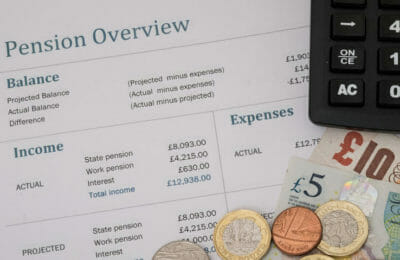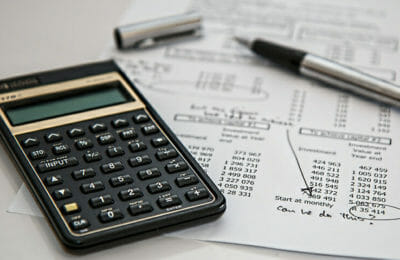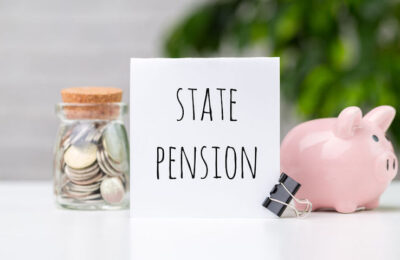Since the 2015 pension reforms, over-55s have been able to withdraw up to 25% of their pension pot as a tax-free lump sum. Given this, you may surprised to know that, since then, HMRC has levied over £1 billion in emergency tax on pension withdrawals.
What are the rules?
There are three ways you can access up to 25% of your pension pot tax-free:
- When you buy a lifetime annuity, you can take a 25% tax-free lump sum at the same time.
- When you put funds in drawdown you can take 25% of your pot tax-free.
- You can take lump sums without doing either of the things above. 25% of your pot is tax-free. This is called an ‘uncrystallised funds pension lump sum’ or UFPLS.
All payments from an annuity or drawdown are taxable as income, as is the remaining 75% of a UFPLS.
What’s the problem?
At the moment, growing numbers of people are accessing the tax-free elements of their pension pots. However, when you make an initial withdrawal, HMRC assumes it could be the first of several over the tax year. If it were, the later payments could theoretically push you into a higher tax band.
To guard against this eventuality, HMRC applies an emergency tax on pension withdrawals. This happens even if the first withdrawal is a one-off or a series of small withdrawals that won’t bump you up into a higher tax band. This could see you paying 40% in tax on your withdrawal.
How do I get back the tax on pension withdrawals?
There are various ways you can claim back the tax on pension withdrawals. If you want to get your money back as soon as possible, you need to fill in one of these three forms.
- Form P55: if you haven’t withdrawn all your pension and you are not taking regular payments
- Form P53Z: if you’ve taken the whole pension in a lump sum and have other taxable income
- Form P5OZ: if you’ve withdrawn all your pension and have no other taxable income
If you use these forms, you should get your emergency tax refunded within 30 days.
What happens if I don’t claim back emergency tax on pension withdrawals?
If you don’t use the relevant forms to claim back emergency tax, you can do it via your Self-Assessment Tax Return. However, if you do this you may have to wait a long time. Also, if you are a person who doesn’t normally need to do a tax return, this is an additional hassle. If possible, we recommend using the forms mentioned above.
Can I stop HMRC slapping on an emergency tax?
In short, no. You can’t stop HMRC applying emergency tax to pension withdrawals.
That said, it can be a good idea to make a small, initial withdrawal. Once you’ve done this, HMRC will create a tax code which your pension provider will then apply to future withdrawals. If you then make smaller withdrawals and spread them out, it’ll save you the hassle of having to reclaim tax overpayments later.
Can you help me?
If you’re thinking of taking money from your pension pot, please do speak to an accountant at THP. We can advise you on the most tax-efficient ways of accessing your pension, as well as minimising the hassle of emergency tax codes.
About Jon Pryse-Jones
Since joining THP in 1978, Jon Pryse-Jones has been hands on with every area of the business. Now specialising in strategy, business planning, and marketing, Jon remains at the forefront of the growth and development at THP.
An ideas man, Jon enjoys getting the most out of all situations, “I act as a catalyst for creative people and encourage them to think outside the box,” he says, “and I’m not afraid of being confrontational. It often leads to a better result for THP and its clients.”
Jon’s appreciation for THP extends to his fellow team members and the board. “They really know how to run a successful business,” he says. He’s keen on IT and systems development as critical to success, and he continues to guide THP to be at the cutting edge and effective.
Read more about Jon Pryse-Jones More posts by Jon Pryse-Jones











